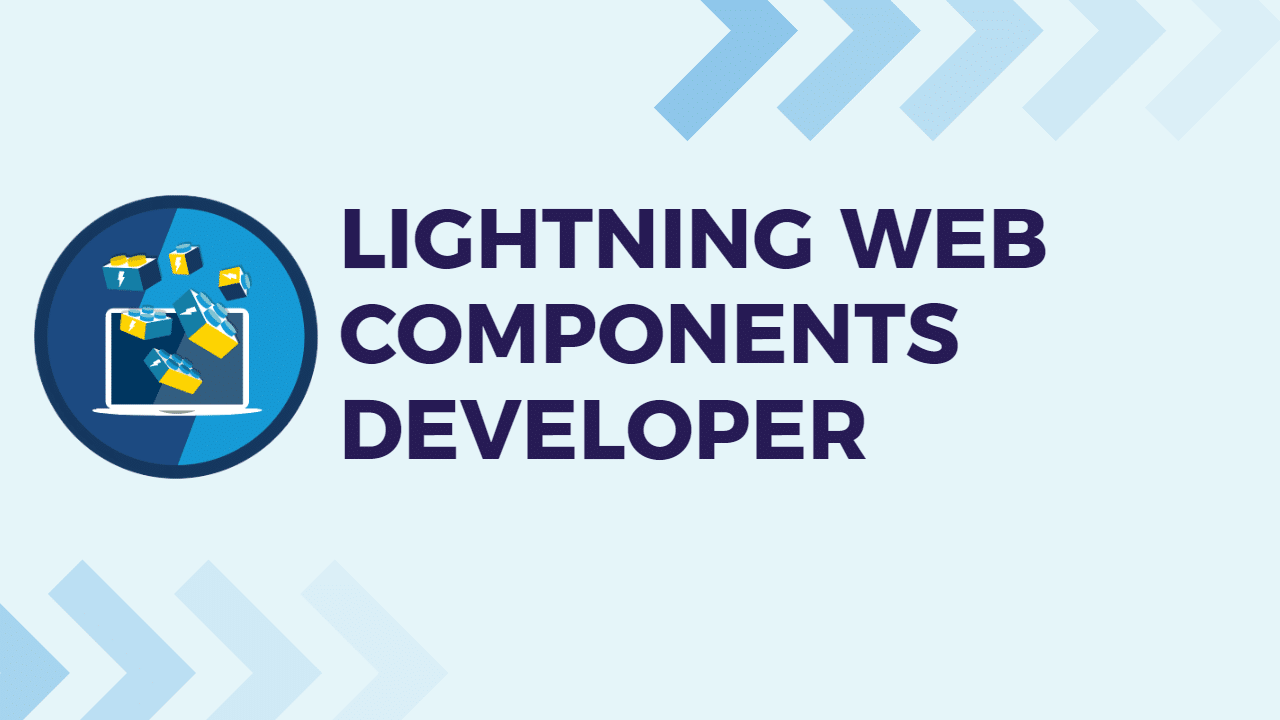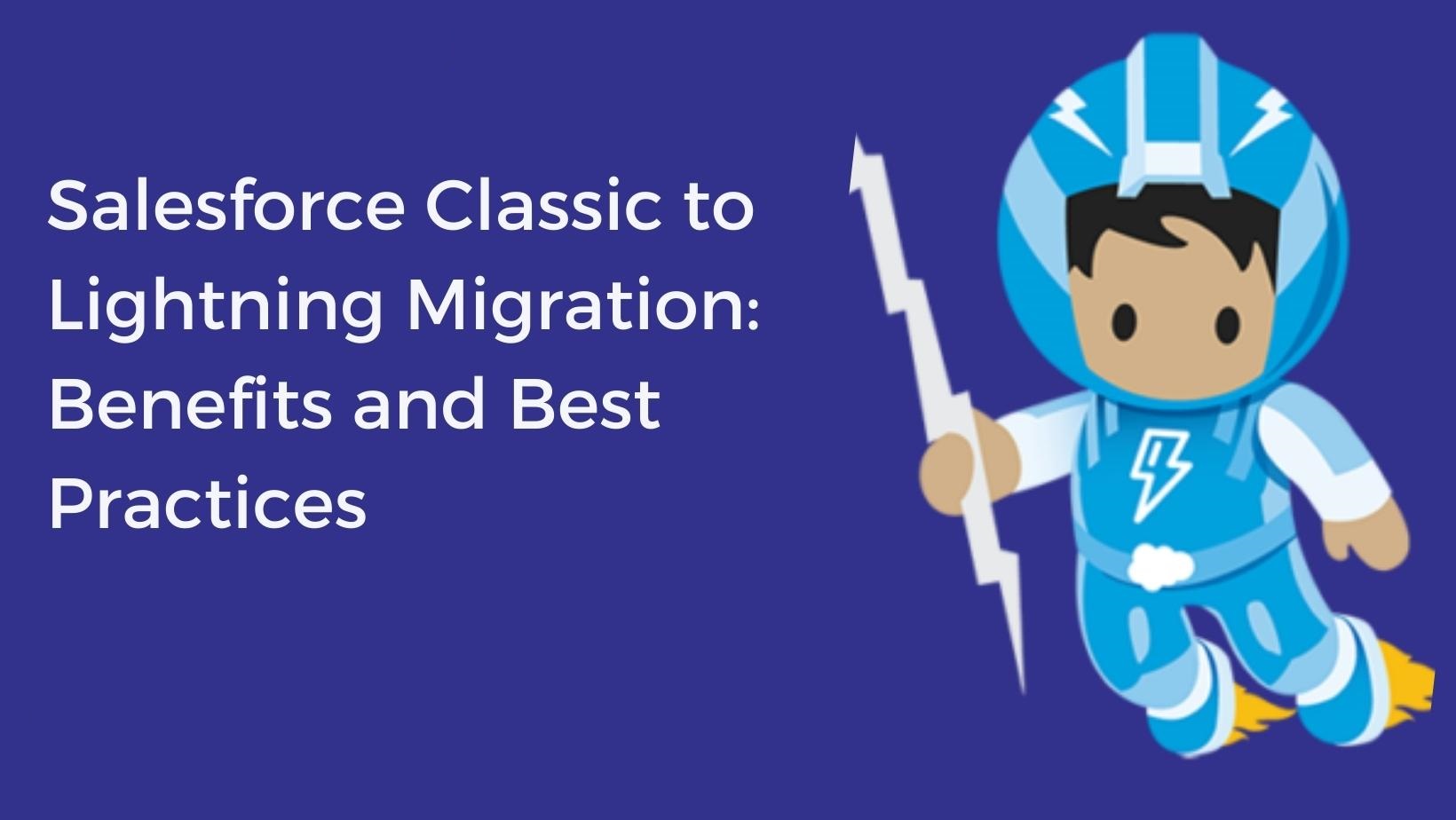Migrating to Salesforce Lightning involves a structured roadmap and effective implementation for success. Start by defining clear objectives for the transition, focusing on user productivity, experience, and analytics improvements. Assemble a capable project team, and conduct an assessment of your current Salesforce setup to identify necessary changes. Plan the migration carefully, considering data migration, customization, and user training.
During development, create Lightning components and features that align with your objectives. Pilot testing and user adoption strategies help ensure a smooth transition. Thorough testing, data validation, and performance tuning are essential steps before the full rollout. Continuous support, monitoring, and user feedback are crucial to maintaining user satisfaction.
Documentation and knowledge sharing facilitate ongoing use and training, and compliance with security and regulations is paramount. After implementation, conduct a post-implementation review to measure success and identify areas for improvement. Stay informed about Lightning updates and new features to remain competitive and relevant. Seeking guidance from Salesforce experts can also be valuable. By following these steps, you can execute a successful migration to Salesforce Lightning, achieving your goals and improving your organization’s Salesforce experience.






